Trauma, PTSD & Complicated Grief by Michael Prokop
$219.99 $62.00
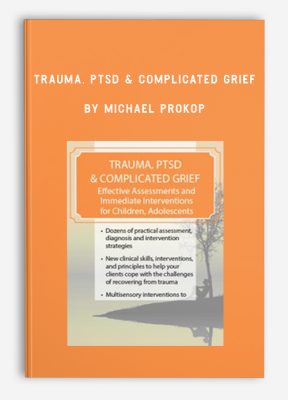
Trauma, PTSD & Complicated Grief by Michael Prokop
**More information:
Get Trauma, PTSD & Complicated Grief by Michael Prokop at Salaedu.com
Description
Complete this recording and learn new clinical skills, interventions, and principles to help your clients cope with the challenges of recovering from trauma. Throughout the recording trauma specialist, Michael S. Prokop, will discuss and integrate the “active ingredients” for “healing trauma” as they are utilized within the Three Stage Consensus Model. Watch and be able to:
- Use dozens of practical assessment, diagnosis and intervention strategies
- Effectively work with children, adolescents and adults dealing with trauma issues
- Implement multisensory interventions to treat the whole person
You will be able to implement evidence-based treatment protocols for establishing safety, desensitizing and reprocessing trauma memories, as well as, resolving/reprocessing complicated grief. With these new skills, you will be able to assist your clients in their journey as they “restructure a victim mentality to form a proactive survivor identity”. With this new identity, you will be able to help clients reconnect to self, family, society and dreams!
Trauma
- Concepts & Definitions
- A historical perspective of trauma
- Stress vs. trauma: Two states, two responses
- The creation of trauma, reactive adaptations, traumagenesis
- Small “t” and Big “T” trauma
- High-risk characteristics
- Pre-natal
- Early life trauma
- ”On Going” vs. “Single Event” trauma
The Traumatized Brain
- Neurobiology and Tribunal Brain Model
- Activation and hyper-arousal of threat response system
- The sensitized brain through conditioned traumatic cues
- Dissociation and the importance of freeze discharge
- Neuroception, bodily reactions and biological changes
Trauma and Stress-Related Disorders (DSM-5®)
- Post-Traumatic Stress Disorder (PTSD)
- 0-6 child definitions of PTSD
- Reactive Attachment Disorders
- Acute Stress disorders
- Adjustment disorders
- Disinhibited Social Engagement Disorder
Trauma and Working with Children and Adolescents: The Developing Brain, Body, and Mind
- Best practices and innovative tools for assessment
- Subjective imprints of trauma
- Innovative tools for trauma resiliency
- Trauma-Focused CBT for Children
- Eight brain-based interventions to use immediately
- Rapport, hope and empathy during the first session and thereafter
Trauma, Loss, and Complicated Grief
- Grief, bereavement and mourning
- How trauma “freezes” the normal grieving process
- Signs of complicated/traumatic grief
- Factors contributing to complexities in grief
- Grief, bereavement in DSM-5® and viable treatment implications
Healing Trauma: Three Active Ingredients
- Therapeutic Relationships – hope, safety, and calming presence
- Relaxation – reciprocal inhibition, parasympathetic dominance
- Narrative – developing “new” narrative to “transform” memories
Immediate Interventions: The Three-Stage Consensus Model
- Safety/Stabilization
- The Therapeutic Alliance
- Felt safe vs real safe
- Resolution of impeding environment
- Amelioration of self-destructive thoughts
- Restructuring victim mentality to proactive survivor identity
- Stabilization, self-regulation, relaxation, grounding & containment
- Mindfulness, yoga, recovery resources and holistic strategies
- Reprocessing/Resolution
- Narrative and Metabolization of Traumatic Memory
- Mindfulness informed interventions
- Guided Imagery and Systematic Desensitization
- Somatic and focusing interventions
- Forgiveness and gratitude work
- Reintegration/Reconciliation
- Reconnection to self, family, society and hopes/dreams
- Resiliency skills training
More information about Medical:
Medicine is the science and practice of establishing the diagnosis, prognosis, treatment, and prevention of disease.
Medicine encompasses a variety of health care practices evolved to maintain and restore health by the prevention and treatment of illness.
Contemporary medicine applies biomedical sciences, biomedical research, genetics, and medical technology to diagnose, treat, and prevent injury and disease,
typically through pharmaceuticals or surgery, but also through therapies as diverse as psychotherapy, external splints and traction, medical devices, biologics, and ionizing radiation, amongst others.
Medicine has been around for thousands of years, during most of which it was an art (an area of skill and knowledge) frequently having connections to the religious and
philosophical beliefs of local culture. For example, a medicine man would apply herbs and say prayers for healing, or an ancient philosopher and physician would apply bloodletting according to the theories of humorism.
In recent centuries, since the advent of modern science, most medicine has become a combination of art and science (both basic and applied, under the umbrella of medical science).
While stitching technique for sutures is an art learned through practice, the knowledge of what happens at the cellular and molecular level in the tissues being stitched arises through science.
1 review for Trauma, PTSD & Complicated Grief by Michael Prokop
Add a review Cancel reply
Related products
HEALTH - FITNESS - LIFESTYLE - MEDICAL
HEALTH - FITNESS - LIFESTYLE - MEDICAL
HEALTH - FITNESS - LIFESTYLE - MEDICAL
Fitness Mentors – Audio Lectures, Practice Tests and Study Guide for the NASM CPT Ex
HEALTH - FITNESS - LIFESTYLE - MEDICAL
HEALTH - FITNESS - LIFESTYLE - MEDICAL
HEALTH - FITNESS - LIFESTYLE - MEDICAL
HEALTH - FITNESS - LIFESTYLE - MEDICAL
HEALTH - FITNESS - LIFESTYLE - MEDICAL

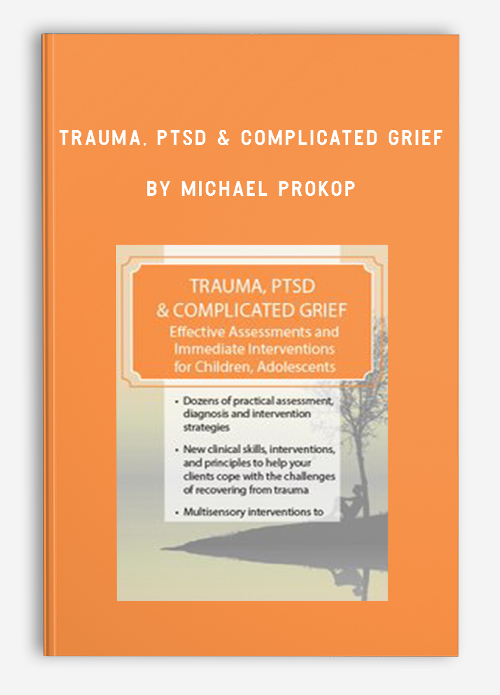
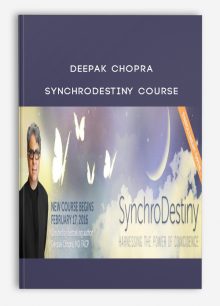
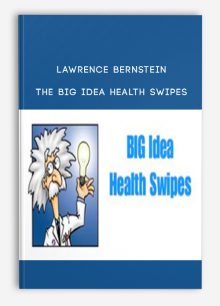
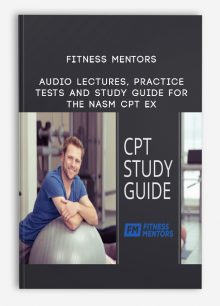

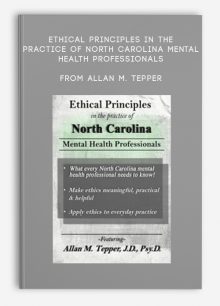
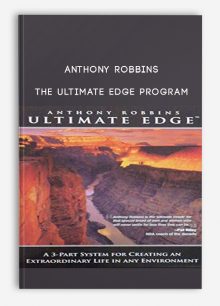
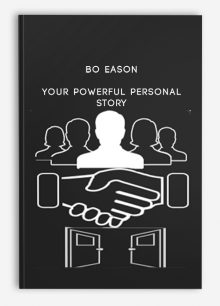

Trevis Trevis –
Welcome to Sala Shop, we are here to provide everything to learn and improve this life…encourage you to check clearly the course